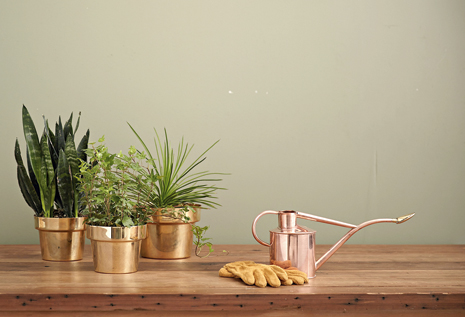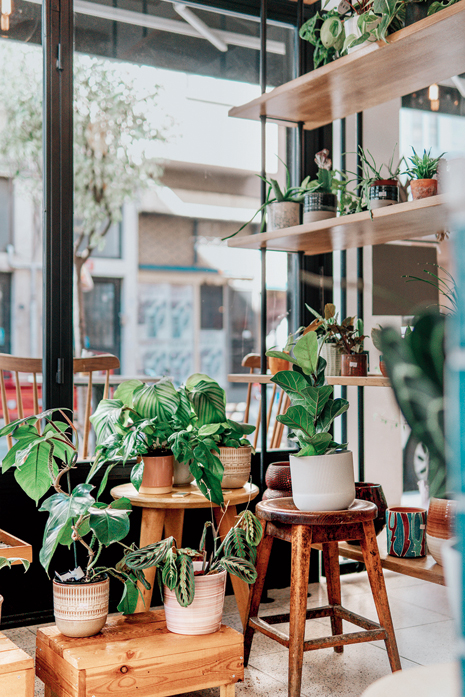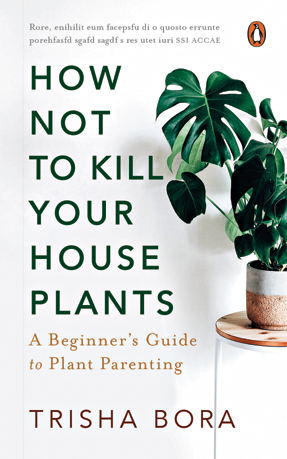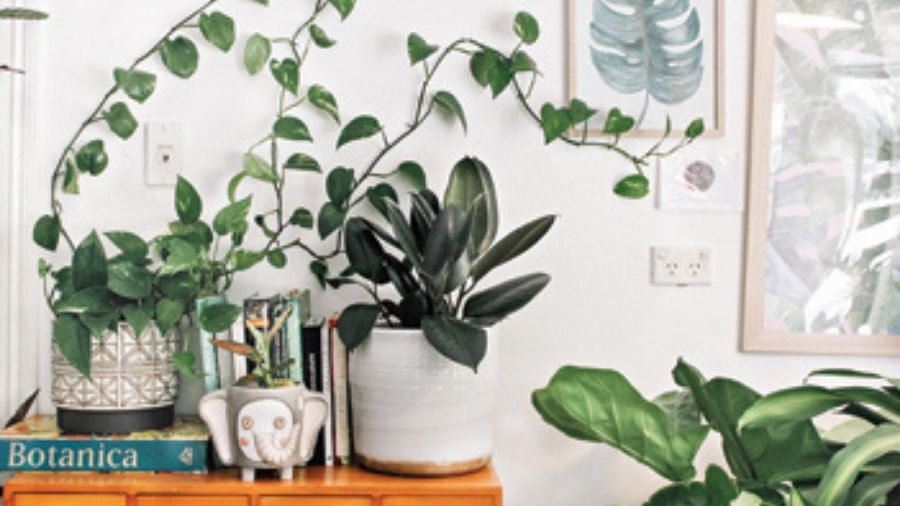2020 was collectively one of the worst years in our recent history. However, garden centres and nurseries would probably not agree. It was the year their businesses soared. The ‘plantdemic’ is real. More people in India are buying plants than ever before. One of the reasons is that social media has brought plant collecting and keeping into the mainstream and made it cool. However, another reason is that humans instinctively yearn for a natural connection, one that has been severed by urbanisation and urban migration. Popularised by American writer and naturalist E.O. Wilson, also nicknamed the ‘New Darwin’, the term ‘biophilia’ — meaning the ‘love for all life’ — is a human bias. We are genetically programmed to seek out nature, and it was made abundantly evident during the lockdown months when people turned to their humble houseplants.
Never before in human history have so many people lived in an urban setting. A United Nations projection reported: ‘55 per cent of the world’s population lives in urban areas, a proportion that is expected to increase to 68 per cent by 2050’. Closeted in small apartments in these concrete jungles, people are increasingly being cut off from natural spaces. With no access to parks, woodland or natural settings, houseplants are the best and most affordable way to bring nature into our homes. Plants are a cure for the natural vacuum created by urbanisation.
Let’s look at some of the ways in which plants make our lives richer
Plants are the best decor quick fix:
The main reason why most people turn to plants is that they are the best tools in a decorator’s arsenal. Plants immediately soften the hard edges of inanimate surfaces, liven up dreary corners, and bring in a rush of natural colour and form to ease out the flatness of paint and concrete. There is no house in the world where a plant cannot ‘work’ aesthetically. You just need to find the plant that suits your environment, and you will have a specimen that could even outlive you.

There is no house in the world where a plant cannot ‘work’ aesthetically.
Plants reduce anxiety and stress:
It has been observed that watching fish, even in aquariums, can calm the mind. Plants have a similar effect in relieving stress and anxiety. Since ancient times, nature has been recognised as healing and restorative. It is one of the most common metaphors in literature, philosophy and spirituality. There is also the metaphor of its secret power. After meditating for 49 days under a peepal tree, an emaciated and stricken Buddha attained enlightenment. It is now a proven fact that fresh oxygen boosts cognitive function. A study showed that students who slept in an airy, oxygen-rich room performed better at their tests the next day than those who didn’t. Interestingly, the Ficus religiosa (peepal tree), the tree the Buddha sat under, is an oxygen manufacturing powerhouse, doing so even at night.
Contact with nature works to still and calm the mind because plant movements are not jumpy or erratic (think of a coconut tree swaying or wind rushing through an Ashoka tree) and their forms are fluid and natural, inspiring peace. It is why monasteries are built in secluded natural settings, and why yogis, poets, writers and artists have sought out nature throughout time. The rejuvenating effects of nature can be felt almost instantaneously when visiting a park, walking on a beach, or simply taking a stroll on a leafy avenue. Shinrin-yoku, or forest bathing, which emerged in 1980s Japan as a result of the ‘tech boom burnout’ that people were facing, is once again emerging as a trend.

In a world gone virtual, plants provide a tactile, grounding alternative to our otherwise untethered existence.
When we are amid nature, we are affected on different levels. Physically, we feel rejuvenated, intellectually, we feel clear, and emotionally, we feel less stressed. But there is more. The inclusion of plants in our homes comes with other, more significant gains. In many studies, it has been reported that plants can heal us by restoring our attention, improving mood, reducing depression and anxiety, increasing mental acuity, enhancing feelings of pleasure, quietening the mind and boosting flow states. (A flow state is one in which an activity engrosses you so completely that you lose track of time, and from which deep satisfaction, joy and a unique sense of identity is found.)
Also, in a world gone virtual, plants provide a tactile, grounding alternative to our otherwise untethered existence.
Plants teach us about life and death:
In The Well-Gardened Mind: The Restorative Power of Nature, author and psychiatrist Sue Stuart-Smith explores the connection between gardening and mental health. She writes, ‘When someone very close to us dies, it is as if a part of us dies too. We want to hold on to that closeness and shut down our emotional pain. But at some point, the question arises — can we bring ourselves alive again? In tending to a plot and nurturing and caring for plants, we are constantly faced with disappearance and return. The natural cycles of growth and decay can help us understand and accept that mourning is part of the cycle of life and that when we can’t mourn, it is as if a perpetual winter takes hold of us.’

The natural cycles of growth and decay can help us understand and accept that mourning is part of the cycle of life.
Plants introduce us to the fundamental aspects of life: joy, sickness, health and death. We experience joy when we see flowers bloom, and grief when something withers and dies. But more importantly, when we begin to work with plants, not only do we learn how to grow things successfully and understand that change is a necessary part of gardening, and life, we begin to catch glimpses of a profound truth — that all life is impermanent. Death is another step in the natural cycle, and we too will be gone one day. If we are open to these suggestions, then we may learn to slow down, value the present, and enjoy living a little bit more.
Plants put us in touch with the natural world:
We are at a precipitous point in the earth’s natural history. Rising sea temperatures and levels, melting ice caps, the increase in forest fires, hurricanes, floods, snowstorms and the bleaching of coral reefs are stark and desperate warning signs of a climate bomb ready to detonate. For far too long, we have ignored the calls of scientists and environmentalists educating us about climate change and its repercussions. Unchecked, big businesses and governments continue to plunder protected natural spaces for coal mining and power projects, encroach into wild habitats, poach, over-fish, not regulate the meat industry, clear forests and deplete resources of fossil fuels. This myopia has cost us dearly. The coronavirus pandemic is a direct manifestation of our interference in the natural world. This ship has crashed into the iceberg. Now it’s just a matter of how many of us (animals and plants) make it to shore.

How Not To Kill Your House Plants by Trisha Bora.
How do mere houseplants come into this staggering equation?

Trisha Bora.
By inspiring curiosity. In caring for plants, we can also experience a feeling of oneness with nature and a connection with the wider world. When introduced to it at an early stage, children can be taught about the larger natural world through the microcosm of plants —something they can see, touch, care for. Then, if they are educated about climate change, they may be inspired to take up the baton of action. By inculcating in them a love for plants and nature, we sow the seeds of change and a love for the planet. By bringing plants into our homes, we nurture the possibility of a different future.’
The author is a former editor and can be found on Instagram @trisha.bora. Her plant keeping stories are documented @aplantersdaughter










